A new era opens for New York’s Metropolitan Museum of Art: after a four-year closure, theMichael C. Rockefeller Wing, or Rockefeller Wing, a nearly 4,000-square-foot exhibition area devoted entirely to the arts of Africa, the Americas, andOceania, is in fact reopening. After an extended closure to the public that began in 2021 to allow for complex renovations, the Rockefeller Wing was made accessible to visitors again as of last Friday, May 31, 2025.
The extensive renovation project was meticulously conceived and directed by Kulapat Yantrasast, founder and creative director of WHY Architecture, in close collaboration withBeyer, Blinder, Belle Architects LLP and the Met’s Department of Design. The ambitious goal of this reimagining was to radically transform the visitor experience, integrating innovative technologies to present objects in unprecedented ways and enriching their contextualization through new narratives and digital tools.
The Rockefeller Wing houses a collection of more than 1,800 works spanning five continents and hundreds of cultures. These three major world art traditions-those of Africa, the Ancient Americas, and Oceania-are now presented as autonomous and distinct entities, while maintaining a harmonious dialogue with the Museum’s adjacent exhibition spaces. The rearrangement of all three areas reflects the latest academic research, the result of extensive collaborations with international experts and researchers. The renovation of the galleries was overseen by Alisa LaGamma, curator for African art and curator in charge of the Michael C. Rockefeller Wing, and Doris Zhao, project manager.
“The Met’s extraordinary collection of African art has been a source of inspiration and knowledge for audiences in New York and beyond since 1982,” said Max Hollein, Director and Chief Executive Officer of the Museum. “These newly transformed galleries highlight known artworks and new acquisitions, contextualized by innovative studies and a range of perspectives from an international cohort of experts and researchers. This revisited presentation of works by African visual artists offers a revelatory experience and deeper understanding of this vast survey of masterpieces.”
Alisa LaGamma, curator of African art and curator in charge of the Michael C. Rockefeller Wing, said, “There is no place with a longer artistic history than Africa-it is the very source of artistic creativity. Most recently, African sculpture inspired a revolution in representation at the dawn of the 20th century. In addition to their unparalleled longevity and inventiveness, the traditions presented in these galleries constitute the legacy of a critical mass of incomparably diverse New Yorkers residing in what is a center of the art world. It is therefore natural that the genius of African artists, evident in these galleries, should occupy a prominent place at the Metropolitan Museum of Art.”

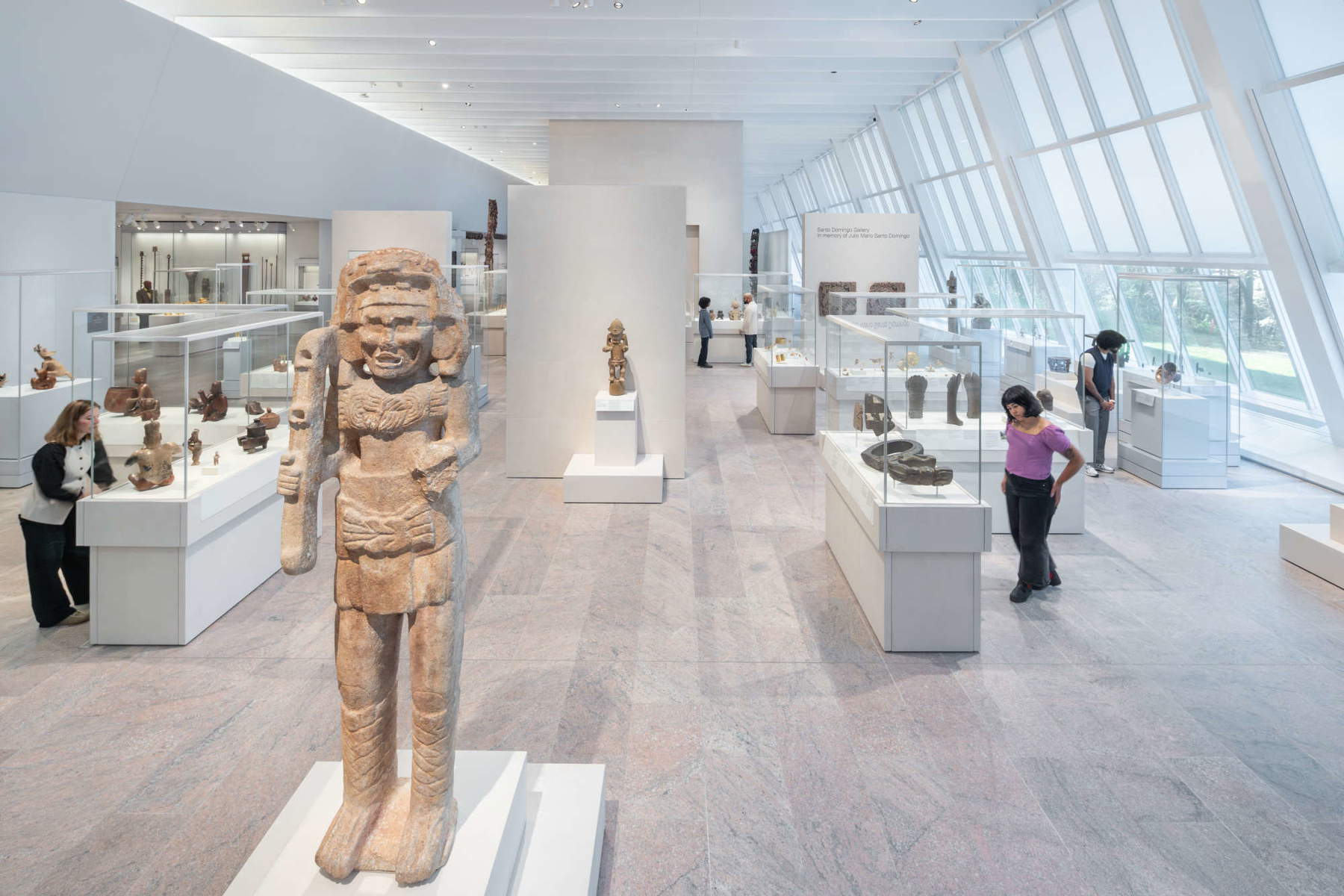
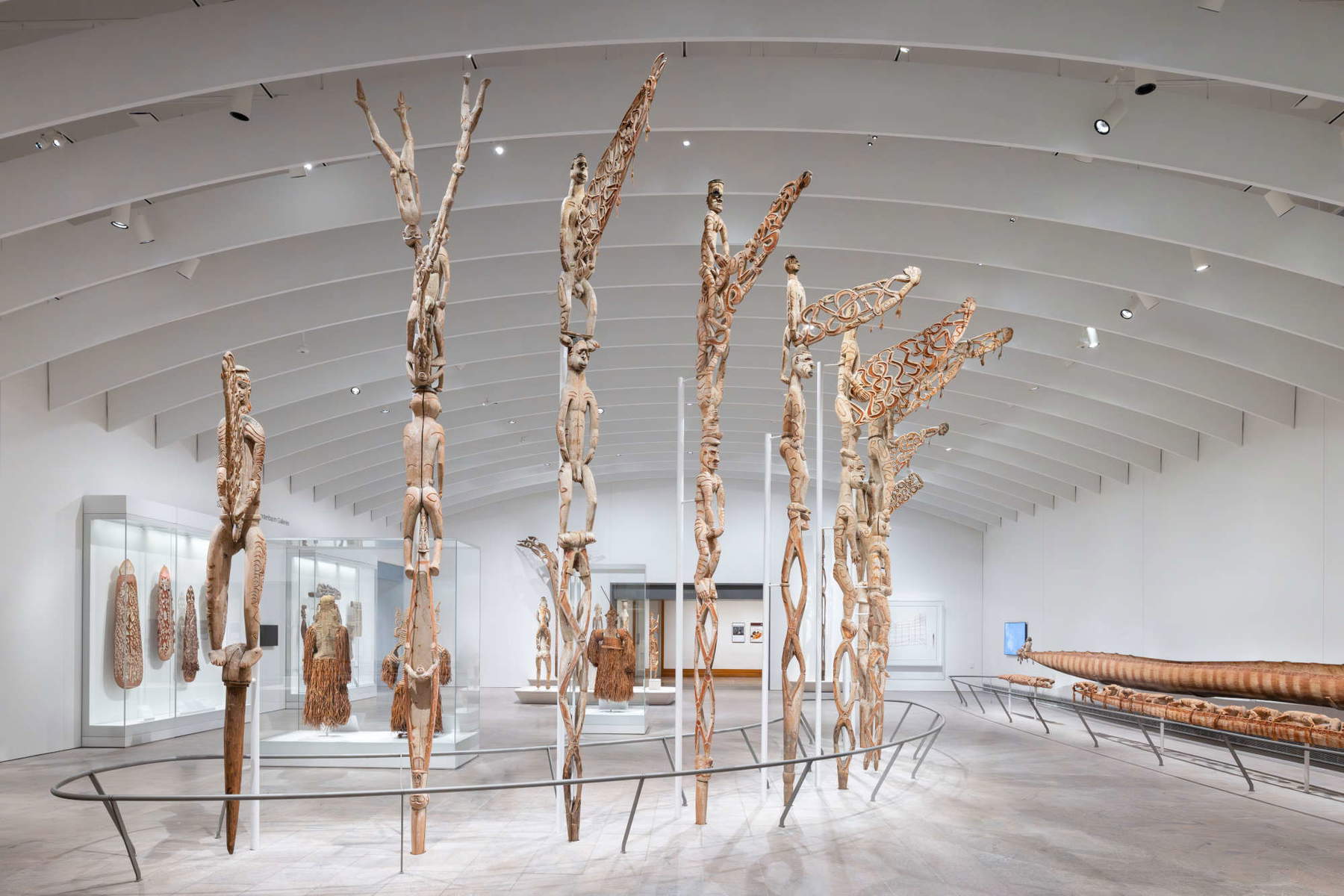
Elements of the redesign recall and pay homage to the architectural vernaculars of each region. Notable innovations include a state-of-the-art slanted glass wall on the south façade, adjacent to Central Park, which allows filtered natural light to flood the spaces, illuminating the works in innovative ways. This custom-designed architectural element was specifically curated by Beyer Blinder Belle Studio.
In addition, several objects are on display in each collection for the first time. This includes important new acquisitions of historical and contemporary art in the Africa Arts galleries. A significant new addition is a gallery devoted entirely to light-sensitive ancient Andean textiles, the first of its kind in the United States. The Oceania galleries, then, feature several new commissions by indigenous artists, along with a number of new digital features that offer contemporary and unique perspectives on the works.
The Arts of Africa galleries have been completely reinvented to reintroduce visitors to the Met’s collection of sub-Saharan art. The redesign features a selection of approximately 500 works exploring the major art movements and living traditions of the subcontinent, organized to provide a comprehensive overview. The new galleries display original creations ranging from the Middle Ages to the present, including masterpieces such as a 12th-century fired clay figure modeled in Mali’s Inner Niger Delta and the fiber work Bleu no. 1 (2014) by Abdoulaye Konaté. Particularly significant is the fact that a quarter of the works in the exhibition, many of which are new acquisitions donated to celebrate the Met’s capital project, are on public view for the first time.
The introductory chapters of African art galleries on the left and right present thematic selections of themed photographic works, which will be exhibited in rotation. The focus of this exhibition’s rotations in the Rockefeller Wing’s inaugural year is the original approaches to self-portraiture by African artists from Seydou Keïta to Zanele Muholi. These photographs will be juxtaposed with works from the Met’s collections and other loans to explore the evolution of self-portraiture since the dawn of photography.
The galleries’ design anchors this collection within regional architectural vernaculars and pays homage to distinctive African cultural landmarks. A prime example of this inspiration is the vaulted ceiling, traversed by a succession of horizontal baffles that echo the interior ribs, a tribute to the imposing and iconic structure of the Great Mosque of Djenné in Mali. This approach also emphasizes connections to other great world traditions. The new galleries are strategically placed adjacent to galleries of Greek and Roman art and galleries of European sculpture and decorative arts. This physical proximity emphasizes Africa’s ancient visual traditions and its deep historical connections with Europe, dating back to the Renaissance period.
The rearrangement is based on contemporary research and extensive exchanges with a vast network of international experts based in the United States and throughout sub-Saharan Africa. A key element of the expanded contextualization is a major digital initiative that introduces distinctive African cultural landmarks through a series of original films. These films were produced with Ethiopian-American filmmaker Sosena Solomon and are displayed both in the gallery and available online, having been produced in partnership with the World Monuments Fund (WMF).
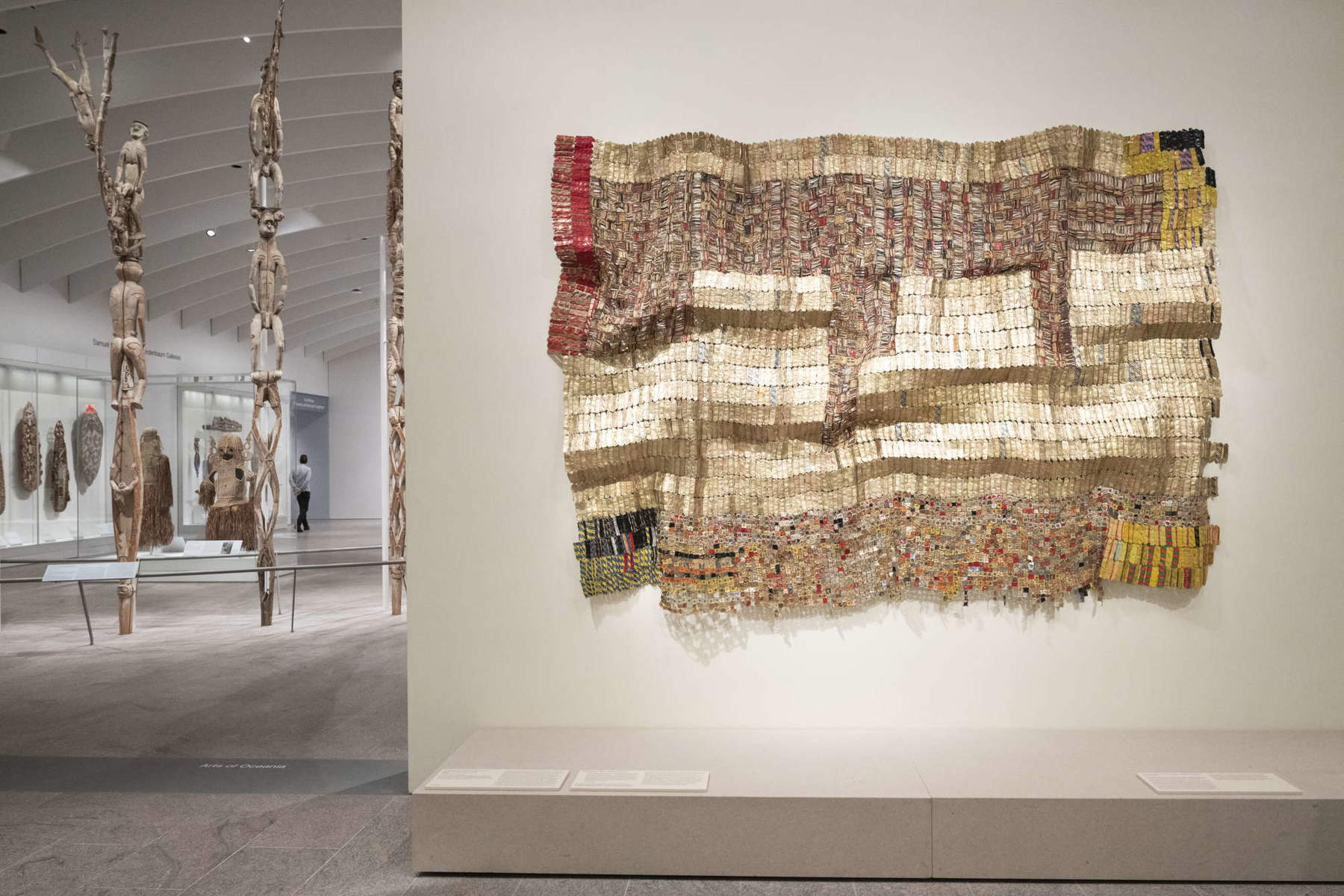
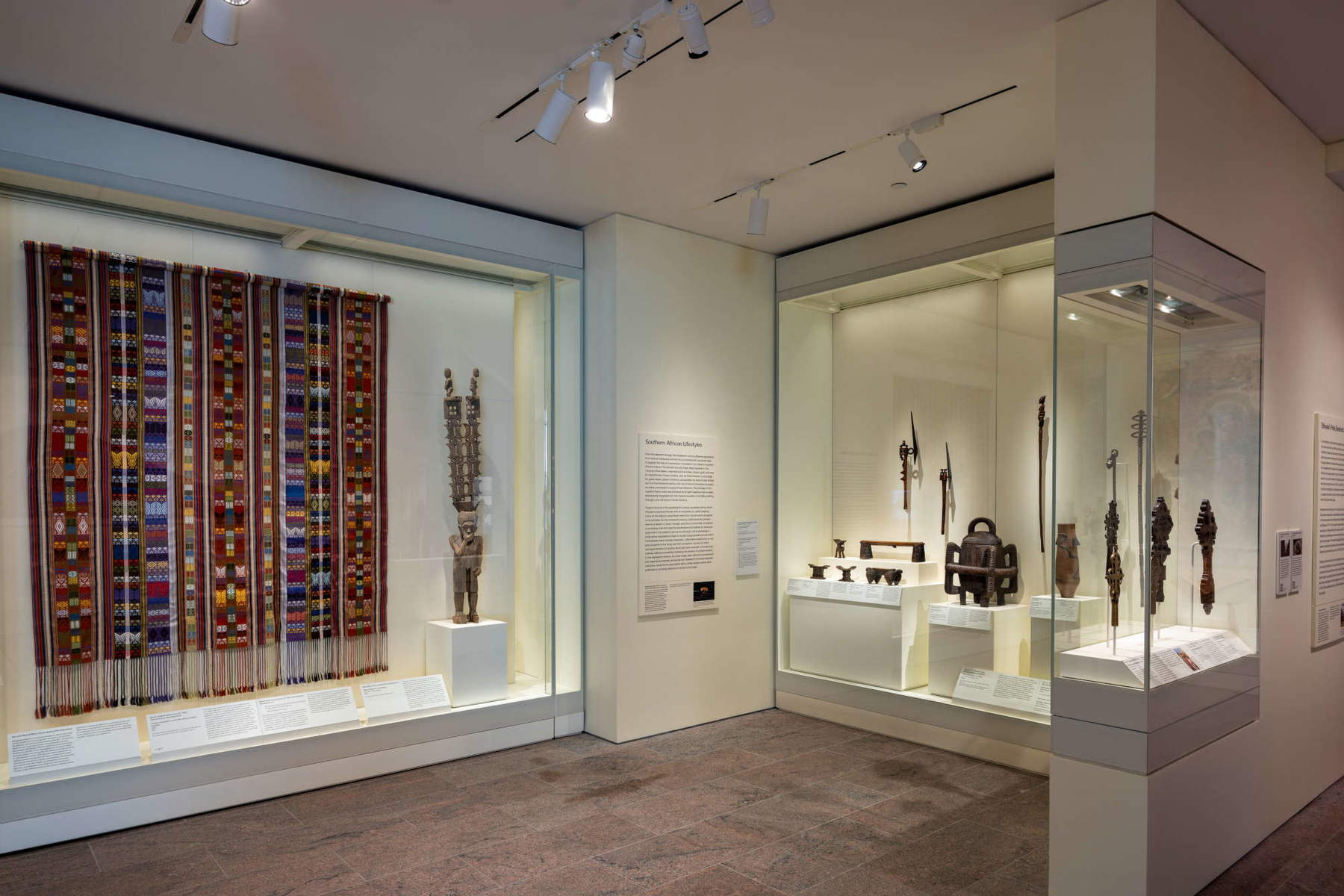
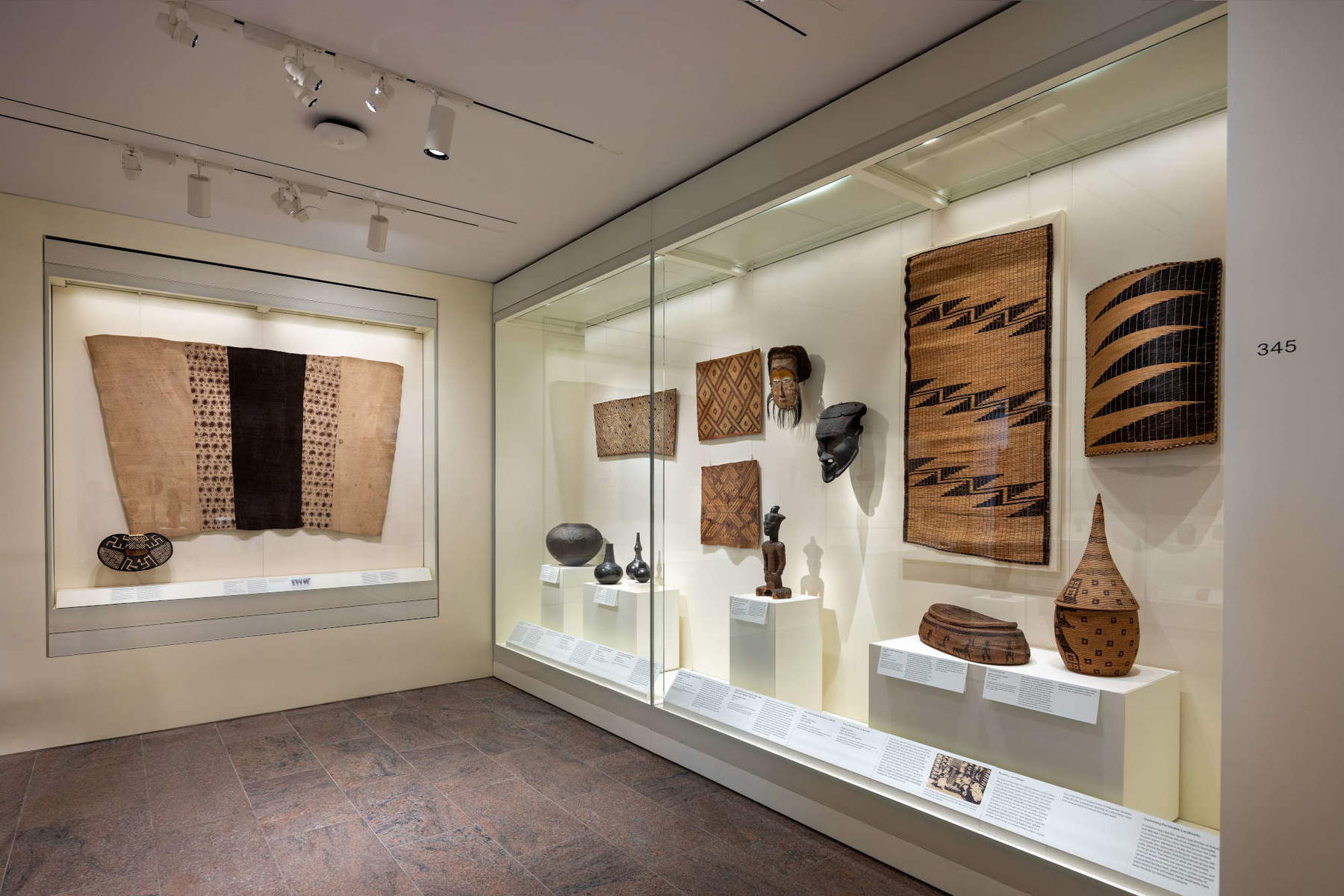
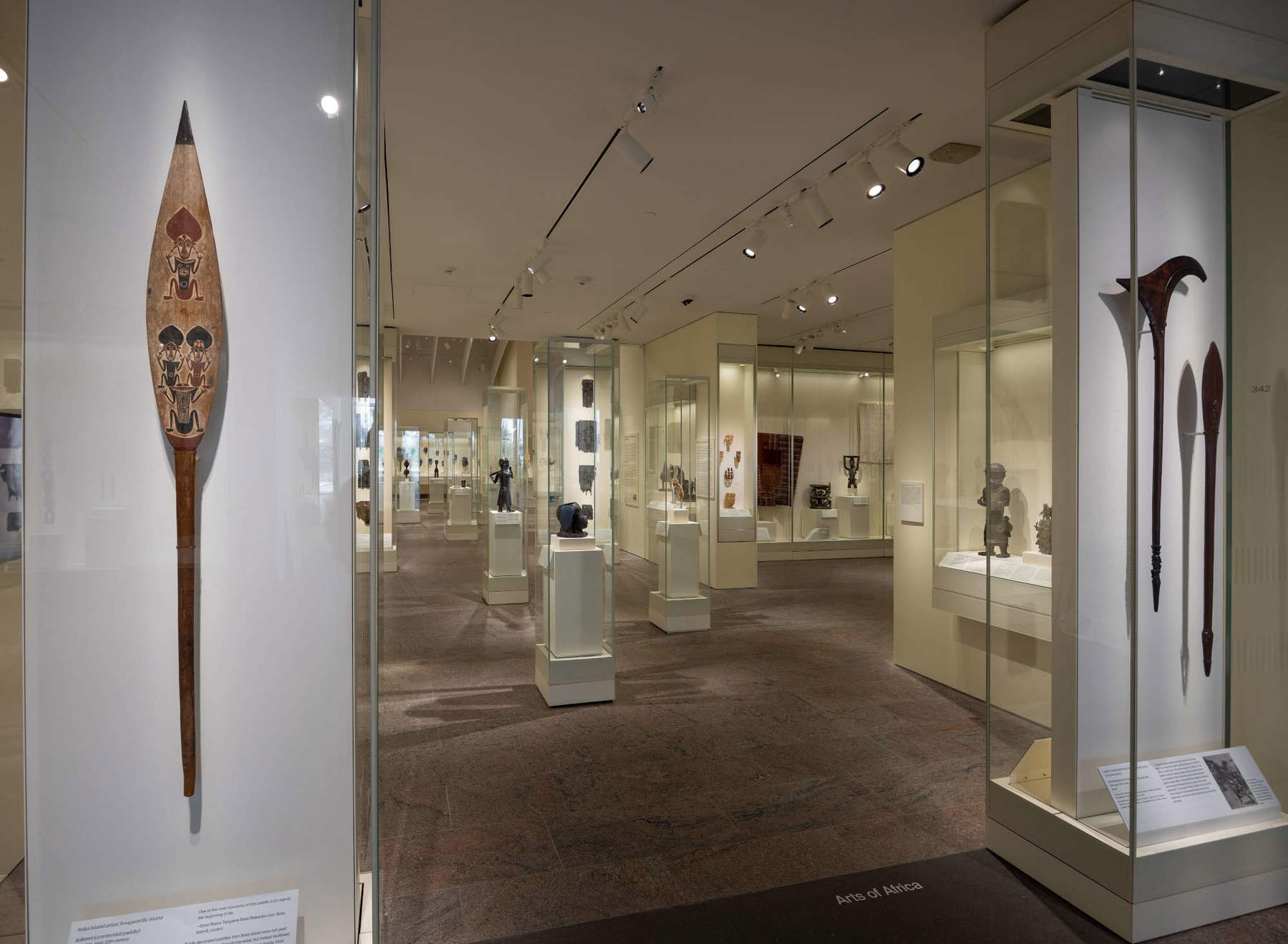
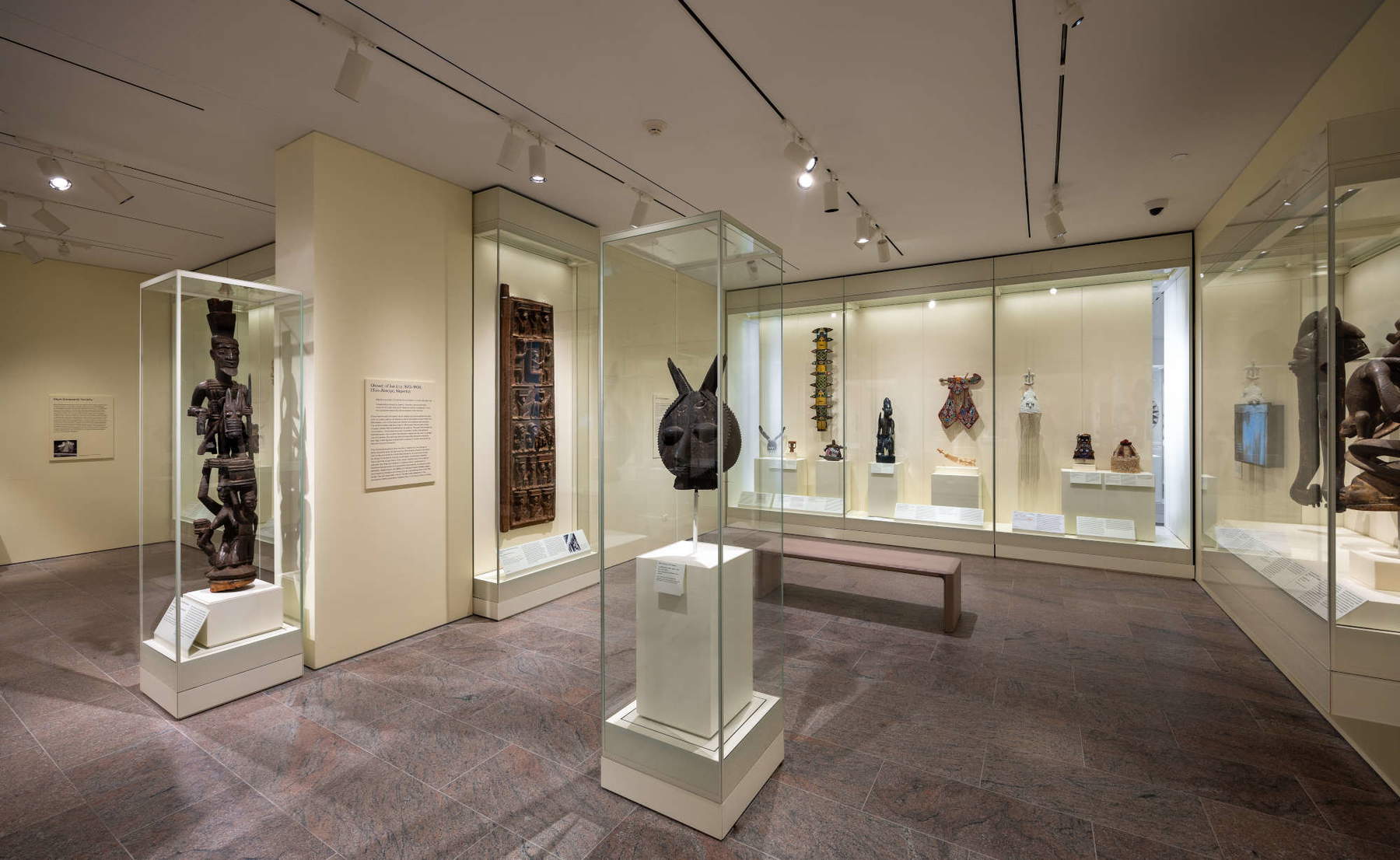
The redesign of the galleries devoted to the Arts of the Ancient Americas is organized around approximately 700 works selected to highlight the artistic legacy of indigenous artists throughout North, Central and South America and the Caribbean prior to 1600. This extraordinary collection is being reintroduced for a new generation of visitors, reflecting contemporary scholarship and research and providing greater illumination of the ancestral arts of Latin America and the Caribbean. The new galleries display an impressive variety of art forms, including monumental stone sculptures and exquisite metalwork, as well as fine ceramic vessels, stunning pieces of gold, shell, and semi-precious stones, and delicate wood carvings.
The new Arts of the Ancient Americas galleries are located across from the modern and contemporary art galleries and adjacent to those devoted to the arts of Oceania. The design is deeply inspired by ancient American architectural traditions, incorporating stone platforms that evoke the layout of landmarks in Mesoamerica and the Andean region, from the rectilinear plazas of Central Mexico to the U-shaped arms of sacred architecture on Peru’s North Coast. A highlight of this section is a new gallery devoted entirely to ancient American textiles and featherwork, framing a 3,000-year history of achievement in the fiber arts. This is the first gallery of its kind in the United States, a significant innovation in the American museum landscape.
The new installation is the result of close collaboration with experts throughout Latin America, a process that lasted more than eight years. The revamped galleries reflect recent advances in studies, incorporating detailed knowledge about artists, materials, techniques and social roles, as well as new relationships and connections between different regions. Perspectives are also expanded to consider indigenous traditions in the colonial period and benefit from new perceptions about indigenous concepts of the natural world and nuanced gender roles. Indigenous texts-ancient, historical, and modern-have shaped the curatorial narrative, substantially enriching the interpretation and appreciation of the works in the collection.
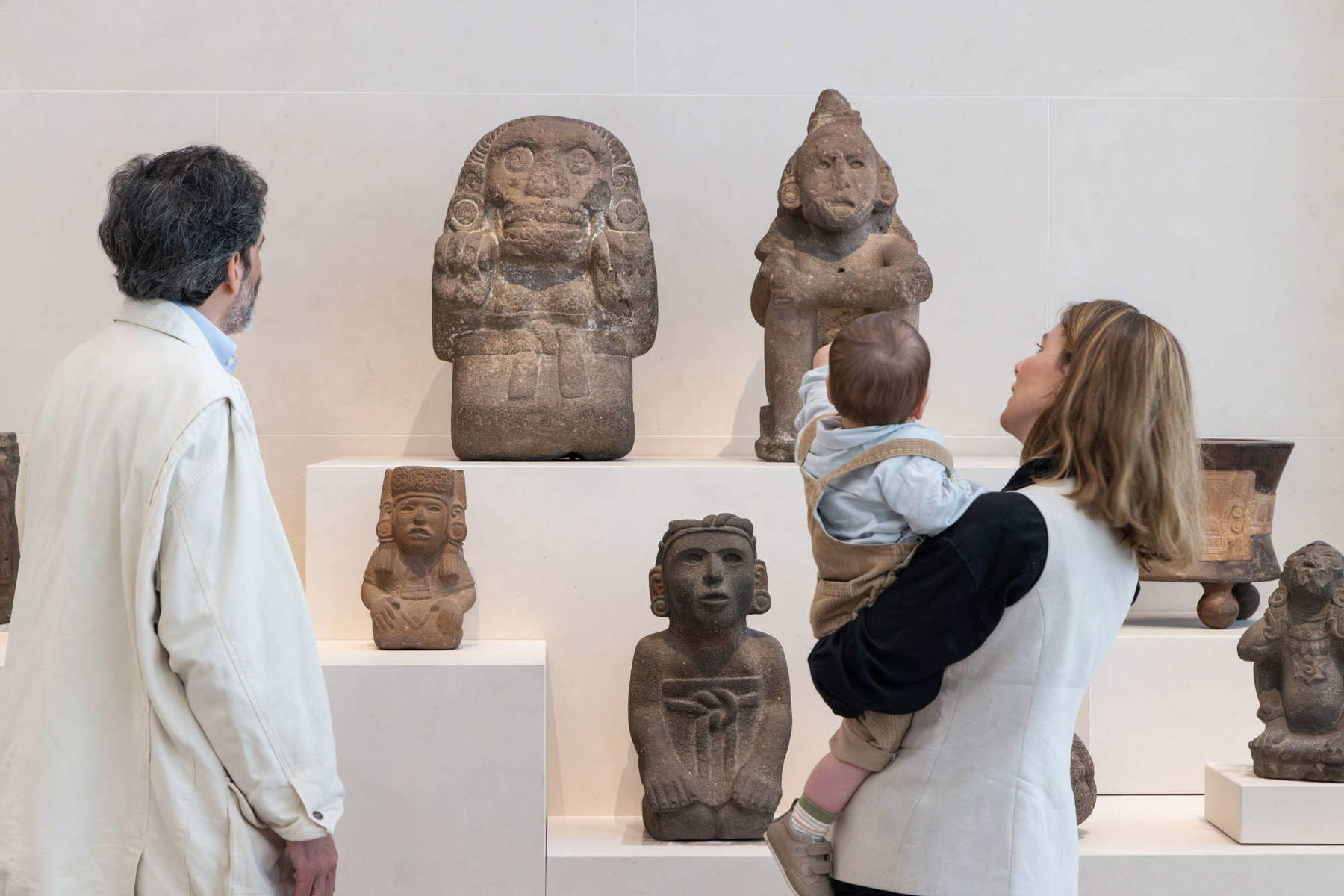
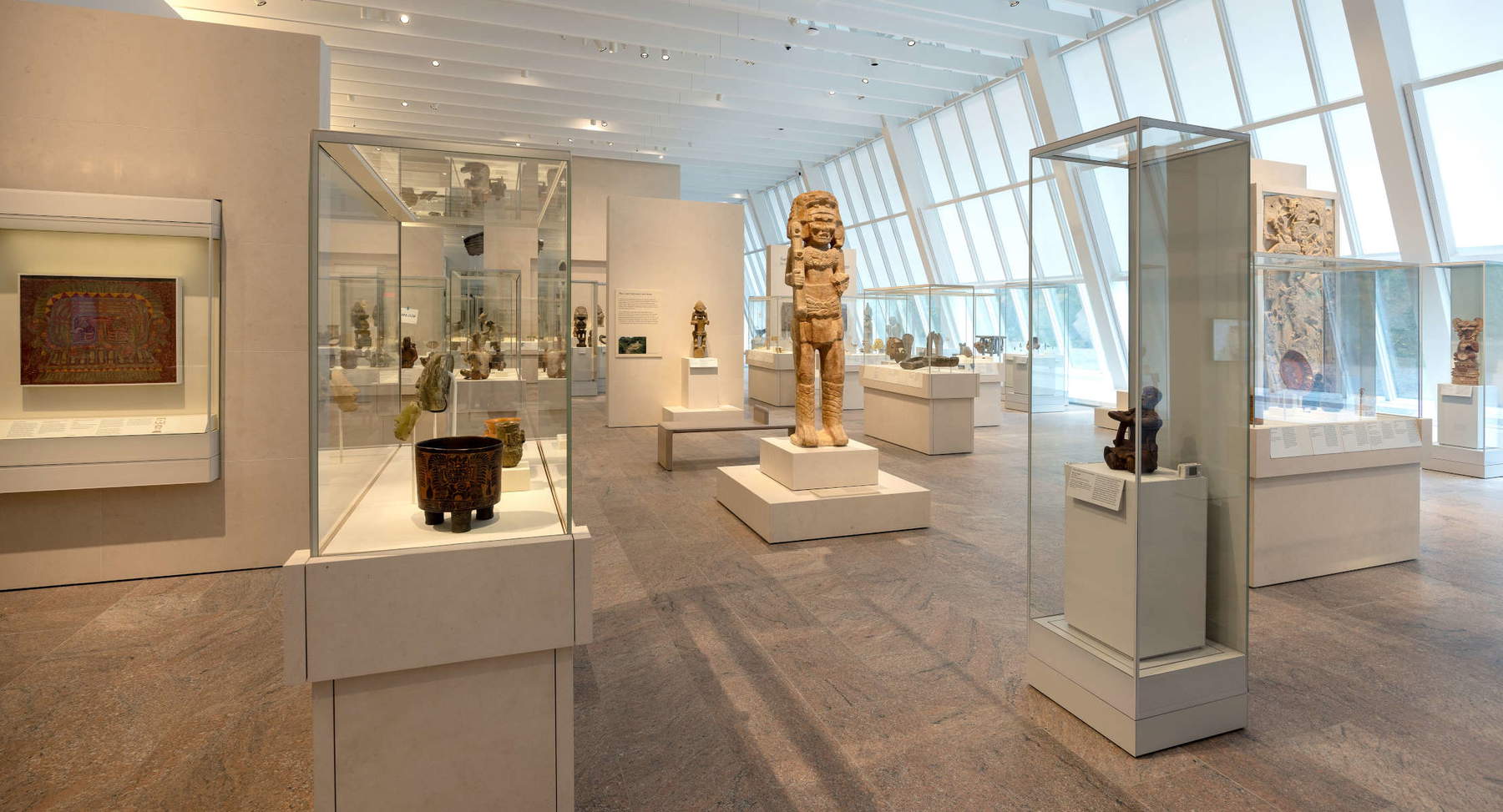
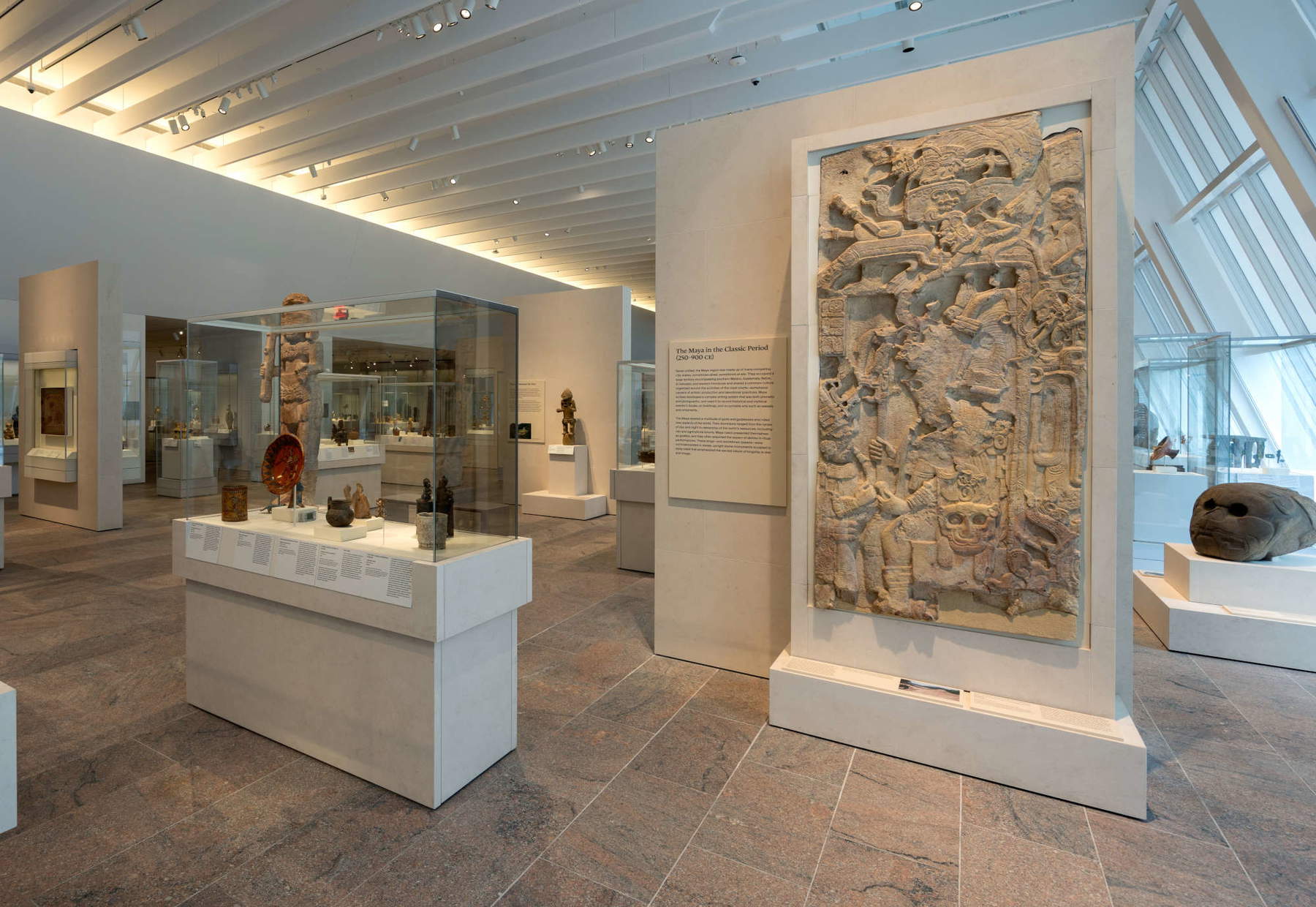


The Arts of Oceania galleries reintroduce the Met’s collection of ocean art, presenting more than 500 years of art from this vast region. The curatorship has been reimagined through indigenous perspectives, celebrating the relentless creativity of Oceania’s greatest visual artists. The new galleries showcase more than 650 works from the Museum’s collection, drawn from more than 140 distinct cultures in a region of astonishing diversity that covers nearly a third of the Earth’s surface and continues to capture the global imagination. These include monumental works from the big island of New Guinea and the coastal archipelagos that extend beyond its shores to the north, central and eastern Pacific, as well as the two neighboring regions of Australia and island Southeast Asia, whose indigenous communities all share a common ancestry.
A significant set of acquisitions substantially expands the media and cultural reach of the works presented in the galleries. These include works that expand the curatorial narrative, recalibrating and balancing the former focus on ceremonial architecture and men’s ritual practices by expanding the collection to include women’s work, particularly fiber works by older women artists from Australia and New Guinea.
The new Oceania Arts galleries are organized around a new diagonal trajectory through the Michael C. Rockefeller Wing, designed to highlight ancestral connections and indigenous temporalities. This approach offers perspectives on art that reach deep into Oceania’s past while acknowledging the continuing manifestations of its influence in the present. The newly designed arrangement establishes visual sight lines that emphasize the dynamic interactions between adjacent island groups that have paved the way for innovation and creativity in the artistic sphere. This includes a massive Asmat art installation to the north and the iconic Kwoma ceiling, lit by natural light, to the south. These are connected by a sequence of smaller, intimate galleries designed for careful observation and reflection, where visual resonances reinforce the longstanding relationships between Austronesian-speaking peoples who are deeply connected, not separated, by the ocean. Wall texts and digital narratives, strategically placed throughout the galleries, elevate indigenous voices, foregrounding the latest developments in interdisciplinary scholarship and highlighting the continued creativity of Oceania’s indigenous artists through the lenses of global history, storytelling, and Pacific oratory.

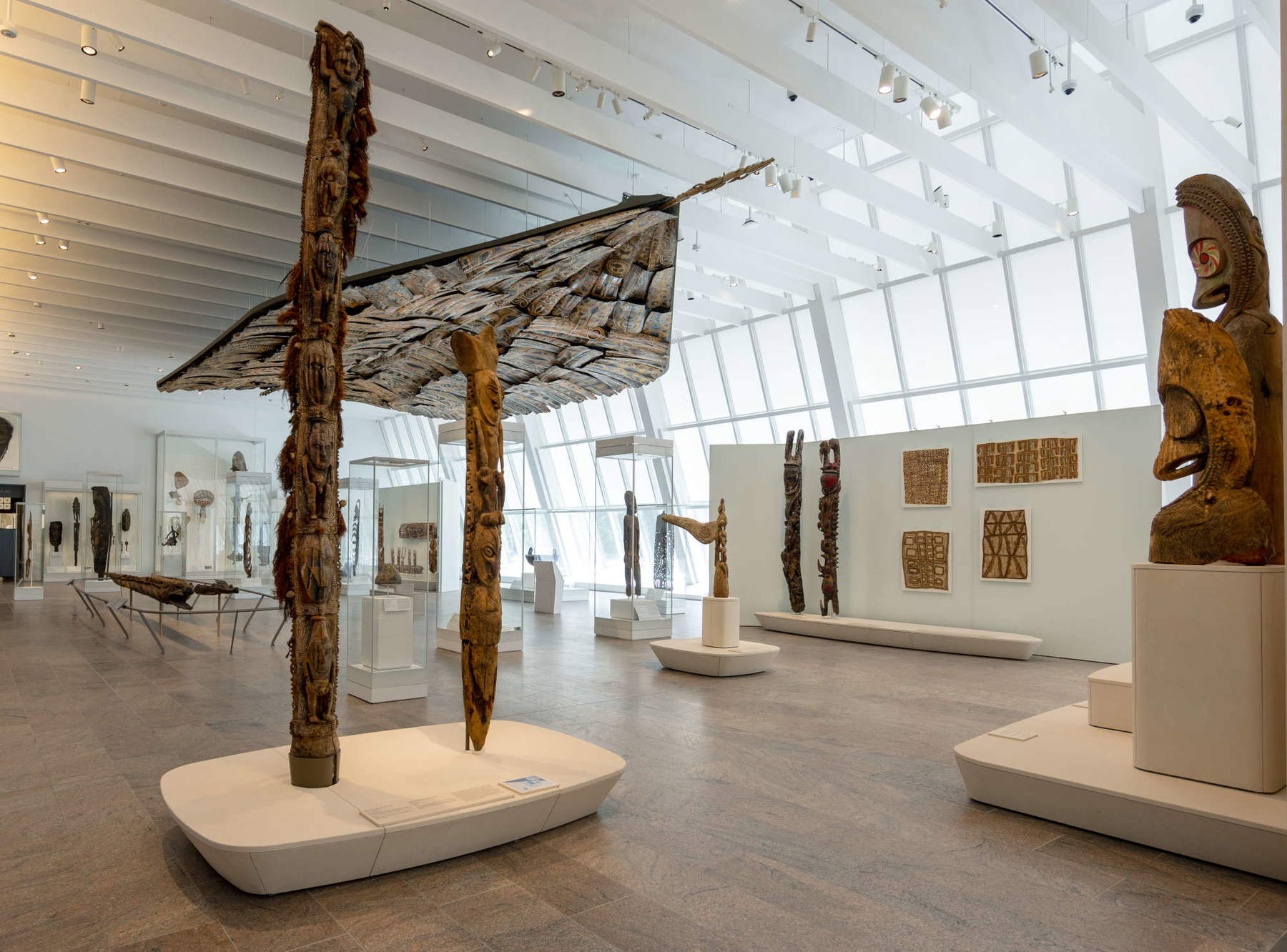
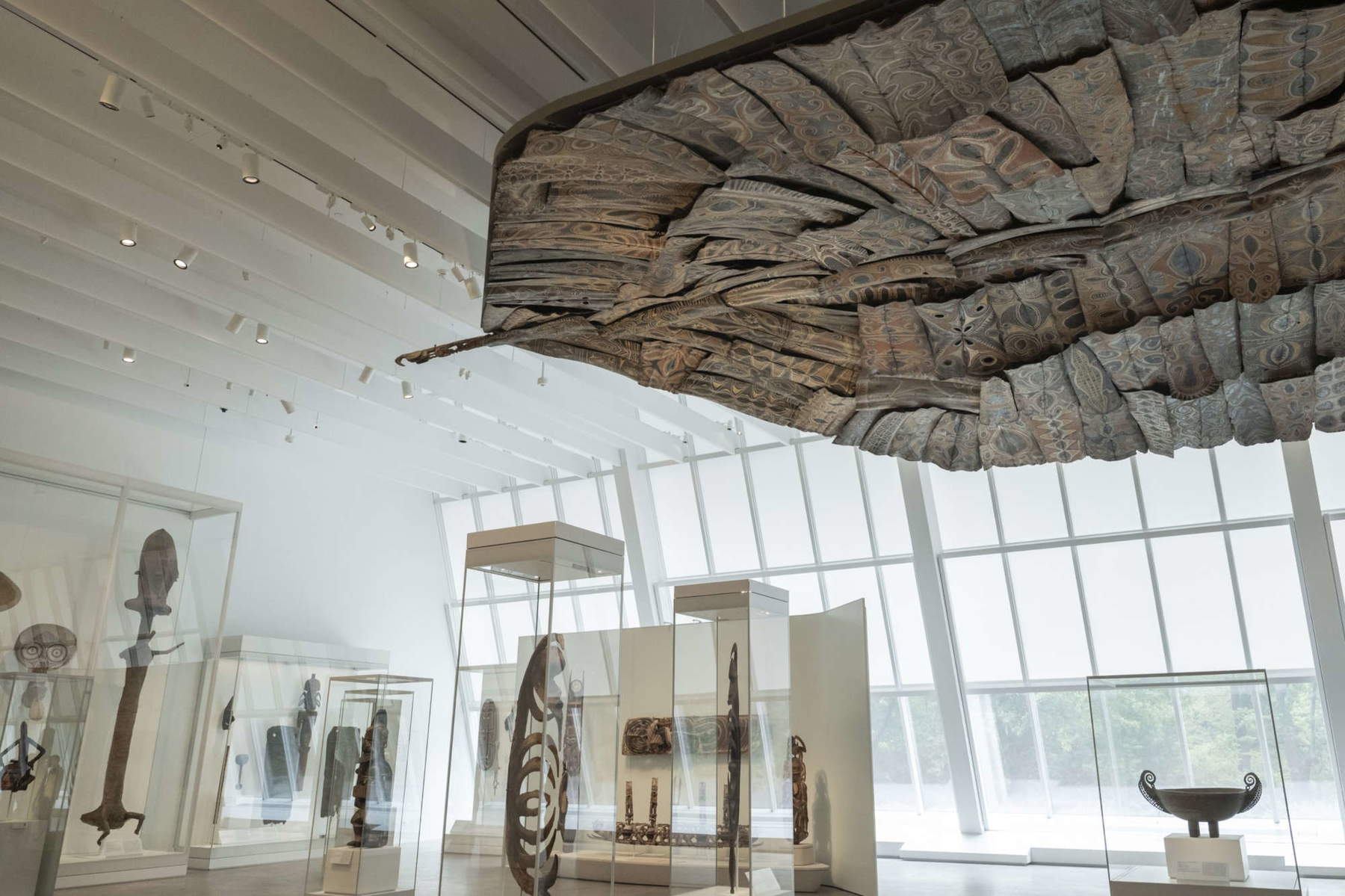

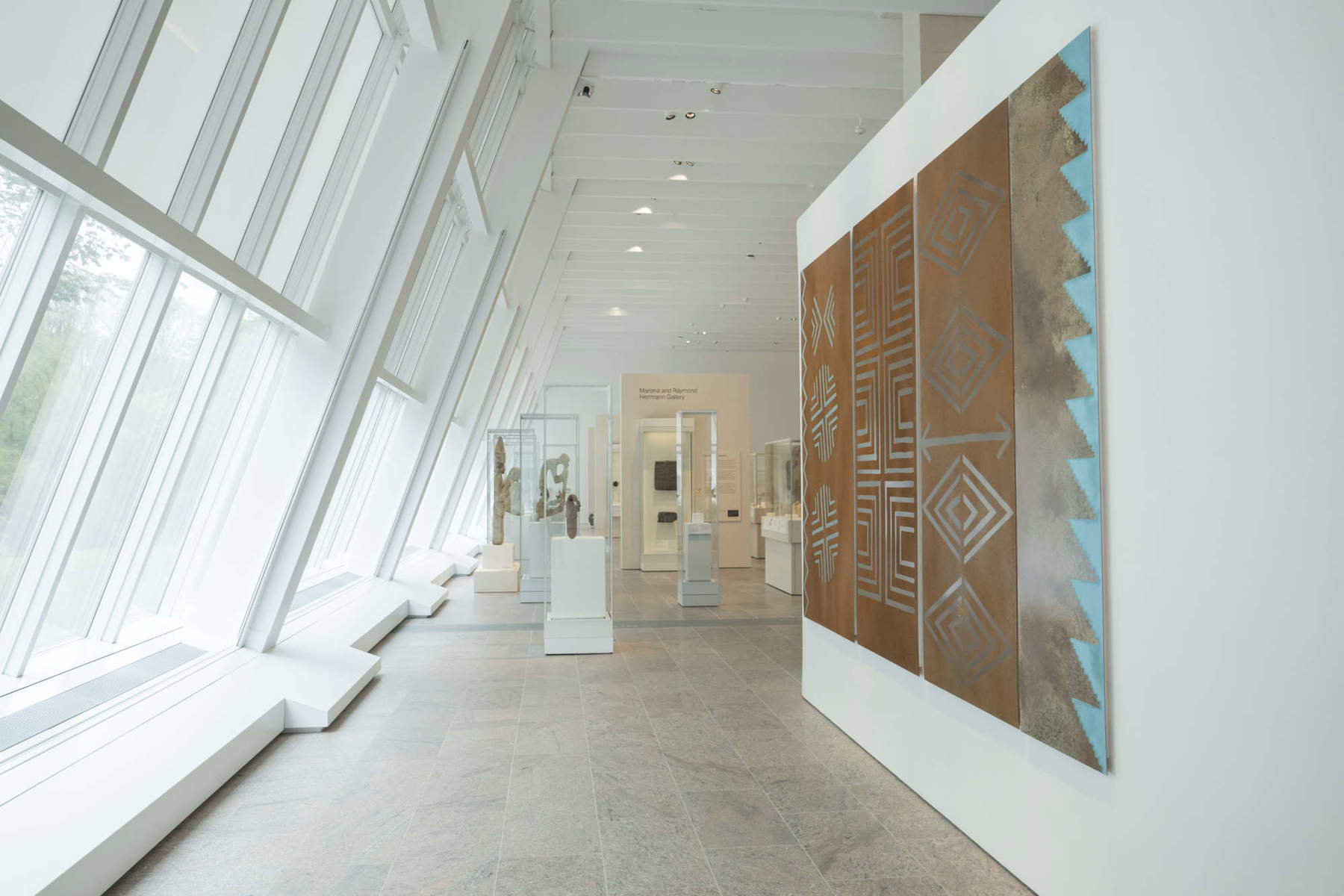
The Met’s Michael C. Rockefeller Wing has its roots in the collections assembled in the 1950s and 1960s by American philanthropist Nelson Aldrich Rockefeller. Rockefeller had undertaken an exploration of non-Western art traditions, including the ancient Americas, as well as regions of the world not represented in the Museum’s collection, particularly African and Oceanic art. In 1969, it was announced that the Rockefeller collection would be moved to the Met as a new department and dedicated wing. Opened to the public in 1982, the wing was named for Michael C. Rockefeller, Nelson’s son, who was deeply inspired by Pacific cultures and art and pursued new avenues of inquiry into art practice during his travels in those regions. Among the wing’s most significant works, and particularly associated with the figure of Michael, are the extraordinary Asmat sculptures he researched and collected in southwestern New Guinea.
The reopening of the Michael C. Rockefeller Wing is an exceptional opportunity for visitors to immerse themselves in the rich and diverse artistic traditions of the world, further strengthening the Met’s role as a leading institution in promoting cross-cultural understanding and appreciation of global art. This renovation is intended to be not just a celebration of artistic beauty, but a deep commitment to new narratives, greater contextualization, and deeper cultural empathy.
 |
| New York, Met reopens Rockefeller Wing: a journey through the arts of Africa, Ancient Americas and Oceania |
Warning: the translation into English of the original Italian article was created using automatic tools. We undertake to review all articles, but we do not guarantee the total absence of inaccuracies in the translation due to the program. You can find the original by clicking on the ITA button. If you find any mistake,please contact us.